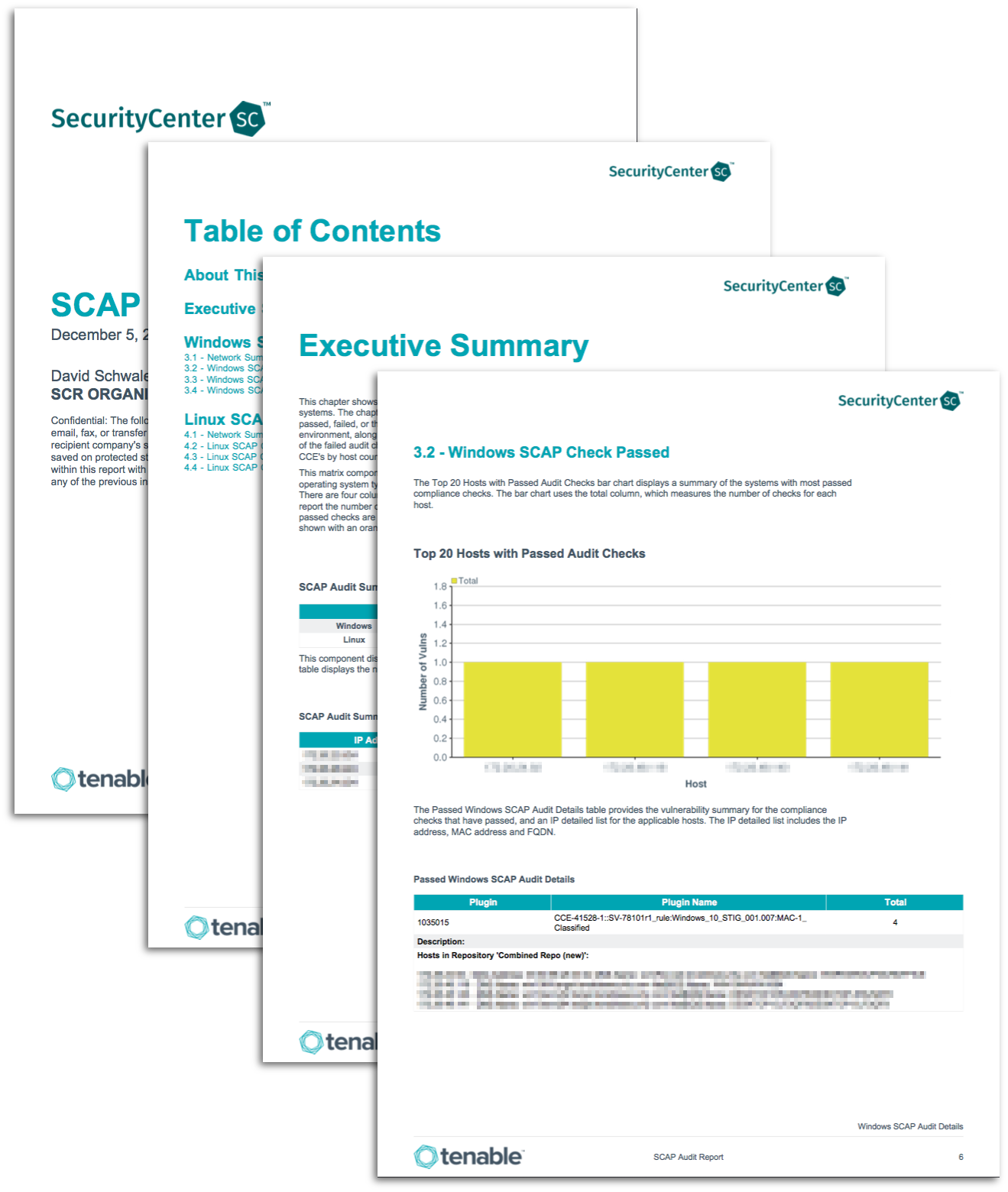by Cody Dumont
May 22, 2014

Often vulnerability management and policy compliance issues on a network are not dealt with in a timely manner because the process is not automated. The Security Content Automation Protocol (SCAP) is a standardized method for expressing security checks in the areas of automated vulnerability management, measurement and policy compliance. Organizations can leverage SCAP-validated tools and SCAP-expressed checklists to more efficiently discover and close security gaps before those gaps can be exploited.
SCAP standardizes the way security software communicates information about software flaws and security configurations. The SCAP web site (http://scap.nist.gov) provides security professionals with information about both existing SCAP specifications and emerging specifications relevant to the security automation agenda of the National Institute of Standards and Technology (NIST). NIST developed SCAP with broad industry, research, education and government community involvement, so SCAP is applicable in a wide range of use cases. NIST also provides checklists and benchmarks in the SCAP format (https://nvd.nist.gov/ncp/repository?scap) that can be used to assure that operating systems and applications meet an appropriate basic level of security.
Tenable's Tenable.sc is an SCAP validated product (https://nvd.nist.gov/scap/validated-tools) that enables checking the organization's systems against these benchmarks, allowing the organization to more easily detect and mitigate vulnerabilities and configuration flaws. Users of Tenable.sc Continuous View® (Tenable.sc CV™), including security technicians and IT administrators, are able to embrace the NIST security automation agenda through SCAP audit file support and advanced reporting using the dashboards and reports native to Tenable.sc CV. The SCAP Audit Report provides insight for both technical and managerial staff into the top security-related configuration issues on Windows and Linux systems. Addressing these security configuration issues will better protect the network and the information on the network from accidental incidents and malicious exploitation by attackers.
The report is available in the Tenable.sc Feed, a comprehensive collection of dashboards, reports, Assurance Report Cards and assets. The report can be easily located in the Tenable.sc Feed under the category Compliance & Configuration Assessment. The report requirements are:
- Tenable.sc 5.5.2
- Nessus 8.5.1
- Compliance data obtained from scans with SCAP-expressed checklists
Tenable's Tenable.sc Continuous View provides continuous network monitoring, vulnerability identification and security monitoring. Tenable.sc CV is continuously updated with information about advanced threats, zero-day vulnerabilities and new types of regulatory compliance configuration audit files. Information from Tenable's unique sensors is constantly analyzed, delivering continuous visibility and critical context, and enabling decisive action that transforms a security program from reactive to proactive. Active scanning periodically examines the applications on the systems, the running processes and services, web applications and configuration settings. Tenable enables powerful, yet non-disruptive, continuous monitoring and security configuration auditing that will provide organizations with the information needed to reduce risk within the enterprise.
This report contains the following chapters:
The Executive Summary provides an overview of the current security configuration compliance status, as measured by SCAP-expressed checklists. The components provide insight for both technical and managerial staff into the top security-related configuration issues on Windows and Linux systems.
The Window SCAP Audit Details chapter provides details on Windows security configuration compliance, as measured by SCAP-expressed checklists. The chapter contains four sections. The first section provides a network summary of compliance checks. The following sections each contain further details for the identified compliance checks. Each section focuses on a compliance result, either passed, failed, or manual verification required.
The Linux SCAP Audit Details chapter provides details on Linux security configuration compliance, as measured by SCAP-expressed checklists. The chapter contains four sections. The first section provides a network summary of compliance checks. The following sections each contain further details for the identified compliance checks. Each section focuses on a compliance result, either passed, failed, or manual verification required.